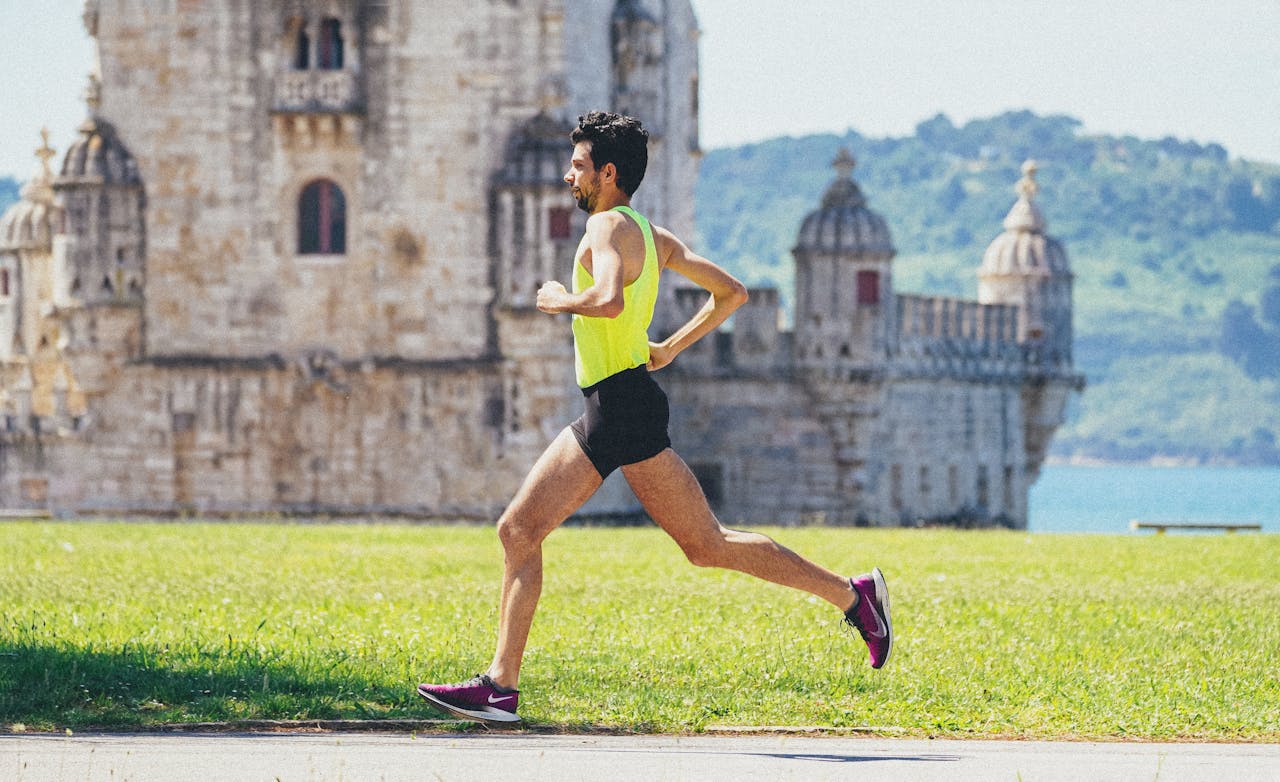Hamstring injuries are common among runners, especially long-distance athletes who put significant strain on their lower body muscles. A hamstring strain or tear can range from mild discomfort to severe pain, sidelining runners for weeks or even months. Low-Level Laser Therapy (LLLT) offers an effective, non-invasive treatment option for runners looking to recover quickly and safely from hamstring injuries and other soft tissue issues. Here’s how laser therapy can accelerate recovery and support optimal muscle health for runners.
The Mechanics of Hamstring Injuries in Runners
Hamstring strains occur when the muscle fibres are overstretched or torn, often due to sudden acceleration, overuse, or improper warm-up routines. These injuries cause inflammation, pain, and muscle tightness, restricting movement and impacting a runner’s stride. Healing requires extensive rest and rehabilitation, often leading to a lengthy break from training.
To better understand how hamstring injuries develop, including detailed anatomy and common causes, refer to this National Center for Biotechnology Information overview on hamstring structure and injuries. Understanding the anatomy and typical injury mechanisms can aid in both recovery and prevention strategies.
How Laser Therapy Aids in Hamstring Recovery
LLLT involves applying specific wavelengths of light directly to the injured area, where it penetrates the skin and is absorbed by the cells. This light energy triggers several biological responses that aid in recovery and repair. Here’s how laser therapy works to heal hamstring injuries:
- Reducing Inflammation: Laser therapy decreases the inflammatory response in the injured hamstring muscle. By lowering levels of pro-inflammatory cytokines and activating anti-inflammatory pathways, LLLT alleviates pain and swelling, helping runners feel more comfortable sooner.
- Enhancing Cellular Energy Production: The light energy absorbed by cells stimulates the mitochondria, which produce ATP, the body’s primary energy source. With more ATP, muscle cells have the energy needed to repair damaged fibres, regenerate tissue, and restore muscle function more effectively.
- Increasing Blood Flow and Oxygen Delivery: LLLT promotes the production of nitric oxide, a molecule that improves blood vessel dilation. Increased blood flow to the hamstring delivers more oxygen and essential nutrients, accelerating tissue healing while flushing out waste products that can hinder recovery.
Benefits of Laser Therapy for Long-Distance Runners
For long-distance runners dealing with hamstring strains and other soft tissue injuries, laser therapy offers several significant advantages:
- Faster Recovery Time: By accelerating cellular repair and reducing inflammation, LLLT can shorten recovery time, allowing runners to return to training and competitions more quickly than traditional treatments alone.
- Non-Invasive and Drug-Free Treatment: Laser therapy provides a natural, drug-free alternative to pain medications and injections. This helps runners avoid potential side effects and focus on a safe, holistic recovery process.
- Reduced Pain and Muscle Stiffness: LLLT reduces pain and muscle stiffness, allowing runners to participate in gentle rehabilitation exercises sooner. This approach helps restore strength and flexibility to the hamstring, reducing the risk of re-injury.
For runners seeking a convenient and effective way to incorporate Low-Level Laser Therapy into their recovery routine, the IASO Ultra Cold Laser offers an excellent solution. This compact, advanced device delivers targeted cold laser therapy, ideal for managing pain and promoting recovery in hamstring injuries. With precise, adjustable settings, the IASO Ultra Cold Laser allows users to customise treatments to their specific needs, whether it’s reducing inflammation after a long run or speeding up the healing of a strained muscle. Its portability and ease of use make it a great tool for athletes who want reliable, professional-grade laser therapy on demand, supporting a faster return to training and improved muscle resilience.
Supporting Ongoing Muscle Health and Injury Prevention
In addition to aiding recovery, laser therapy can also help prevent future hamstring injuries in runners. Regular use of LLLT promotes muscle resilience by enhancing tissue strength, improving blood circulation, and reducing inflammation. These benefits are essential for long-distance runners who place continuous stress on their hamstrings and other leg muscles. Incorporating laser therapy into a recovery and preventive routine allows runners to maintain peak performance while reducing the risk of recurring injuries.
By targeting the underlying causes of hamstring strains and supporting the natural healing process, laser therapy offers a powerful, science-backed solution for runners. It helps them recover faster, strengthens their muscles, and keeps them on track toward their athletic goals without the constant setbacks of injury.
